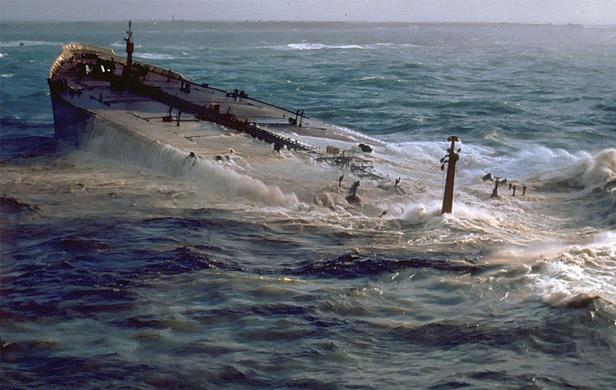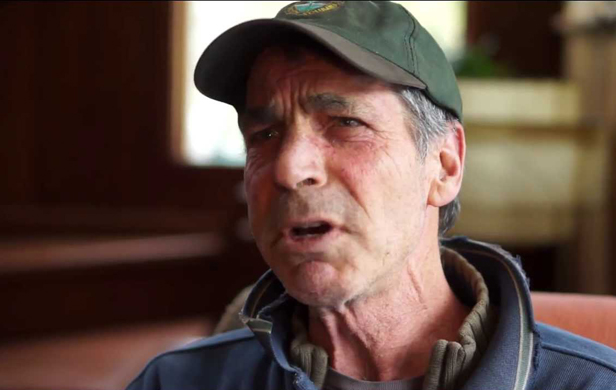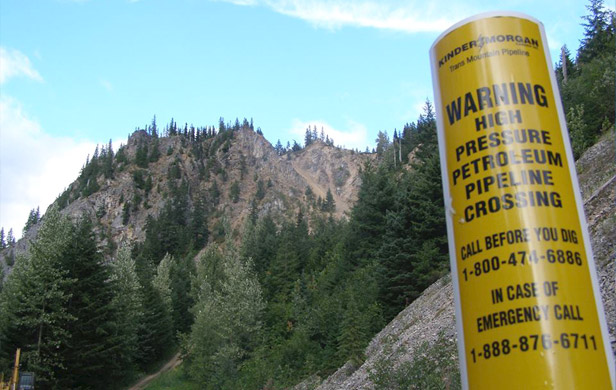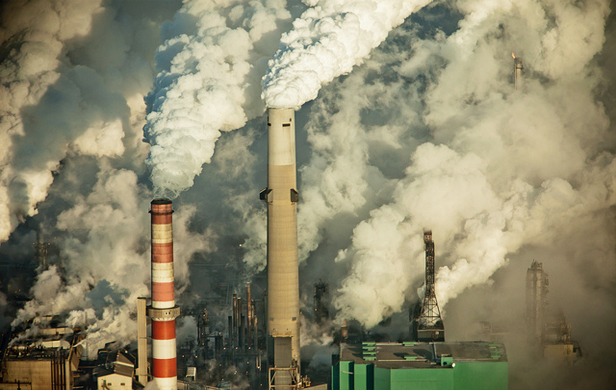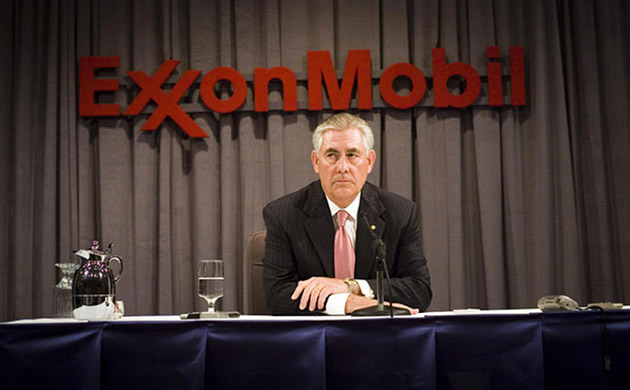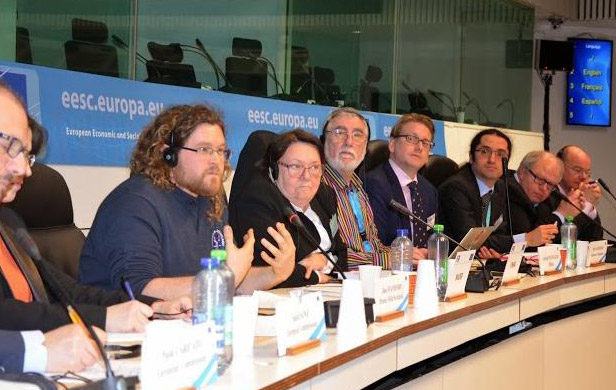
By Ken Farquharson
The Similkameen River valley provides one of the most popular and scenic travel routes in BC. The campsites strung along the river, swimming at Bromley Rock, the old mining town of Hedley, the fruit stands of Keremeos, the wineries of Cawston, and the transition to the sage brush of the Okanagan, make for a varied and memorable BC travel experience. The river provides kayak and canoe runs for both the expert and the novice, and is one of only two free flowing transboundary rivers in southern BC that is not either managed for hydropower or in protected status of some sort.
However all is not serene in the Similkameen Valley, and the cause of this is the curious lack of interest of the BC government to protect the public interest in proposals to change the Similkameen River, the heart of the Valley.
BC govt sitting on sidelines of proposed US dam
The story starts in 2007 when the Okanogan Public Utility District, the small utility serving Okanogan County in Washington, applied to the US Federal Energy Regulatory Commission (FERC) to study a dam proposed at Shankers Bend in Washington, which would flood the BC section of the Similkameen valley as far upstream as Cawston.
Given the lesson learned from the argument over the Skagit Valley from 1969 to 1983 that it is essential to participate early in the regulatory process, the Okanagan Nation Alliance (ONA) and the Canadian Parks and Wilderness Society ( CPAWS) immediately filed with FERC as intervenors. The BC government sat back, and, although Minister Barry Penner was made well aware of the potential impacts in BC, declined to file as an intervenor leaving it to the ONA, CPAWS and the Regional District of Okanagan-Similkameen to register their objections. The PUD eventually withdrew its application.
Fortis applies for 165m-high dam on Similkameen
In 2013, Fortis BC, the local utility, applied for permits to conduct studies on the Crown land required for the reservoir ( 20km long) and the dam site for a 165m-high concrete dam in the Similkameen Canyon, 15km upstream from Princeton, with a generation capacity of 45-55MW. If the final proposed capacity is below 50MW, the project may not be required to go through the environmental assessment process. As the plant is proposed as a market generator, it would not have to be reviewed by the BC Utilities Commission, as the cost would not be rolled into the utility’s rate base. It is possible the project could escape review entirely.
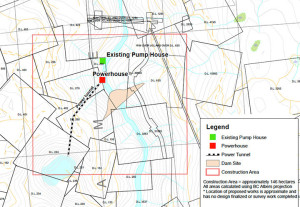
Fortis conceded in a meeting with the Regional District on 22 May this year that the project may not be economical based on generation alone and that it had already approached downstream parties in the US with interests in generation and irrigation as to whether they would be prepared to pay for the downstream benefits created by the project.
This action was confirmed by information that the Washington State Department of Ecology had allocated $1.6M in its budget for 2015-17 for a payment to Fortis for “Evaluation of a proposed hydropower and water supply….shared cost and water supply for Washington and Oregon” – no mention of BC needs.
This allotment was confirmed by the Director, Office of the Columbia River, Washington Department of Ecology, to Steve Arstad, editor of the Keremeos Review, on 9 June, when he advised that
[quote]Fortis was interested in developing a contract with us for scheduled releases of some of the water stored behind the dam. The timing of the releases would coincide with when water would be needed in Washington for instream and out-of-stream uses. The term of the contract would be for 50 years.[/quote]
It is clear, therefore, that if the project proceeds, control of the river would pass to Fortis and downstream US interests.
Fortis would be sole beneficiary of agreements
The Columbia River Treaty gave BC half the value of the downstream benefits in the US from provision of water storage in BC. The province took that money for itself. Queries to the BC Comptroller of Water Resources resulted in advice that, for this project, the province was leaving Fortis to negotiate any downstream agreements, and that Fortis would be the sole beneficiary of these agreements. It should be noted that any agreement made between Fortis and US interests will be between private parties and thus not subject to Freedom of Information requests.
The BC Water Regulations allow the province to collect a fee from any licensee benefiting from payments from downstream generators in the US for benefits received for power generation, but have no such provision for benefits generated from flood control or water storage.
Province derelict of duty
In respect to this project, the province appears derelict in its management of the river in a number of ways, permitting Fortis to negotiate contracts that would mean control passing to US interests, not ensuring that the province would benefit from all downstream benefits, and lastly not having done the work to determine the future water needs of the BC section of the Similkameen Valley before contracts may be signed for water storage for US interests. It is possible BC interests could be locked out of access to such storage if it had all been negotiated away by Fortis.
There is already enough evidence to state that Fortis should be advised now by the province that this project is not in the public interest. Should the province continue to dither, there is a real risk that BC could lose control of this valued river, a public resource, for a sub-marginal project, with the benefits going solely to the shareholders of Fortis and downstream interests in Washington. The people of BC surely deserve better from our politicians and bureaucrats in planning for the future of this beautiful river and valley.
[signoff3]





